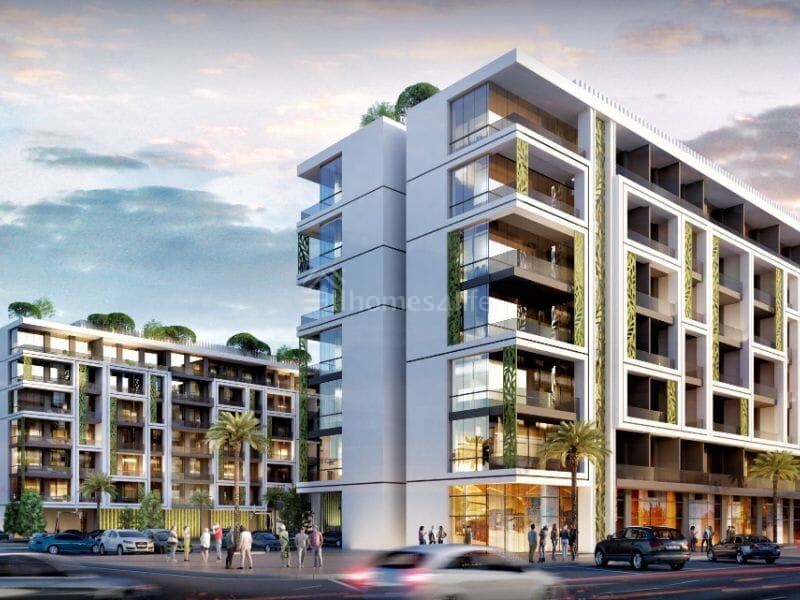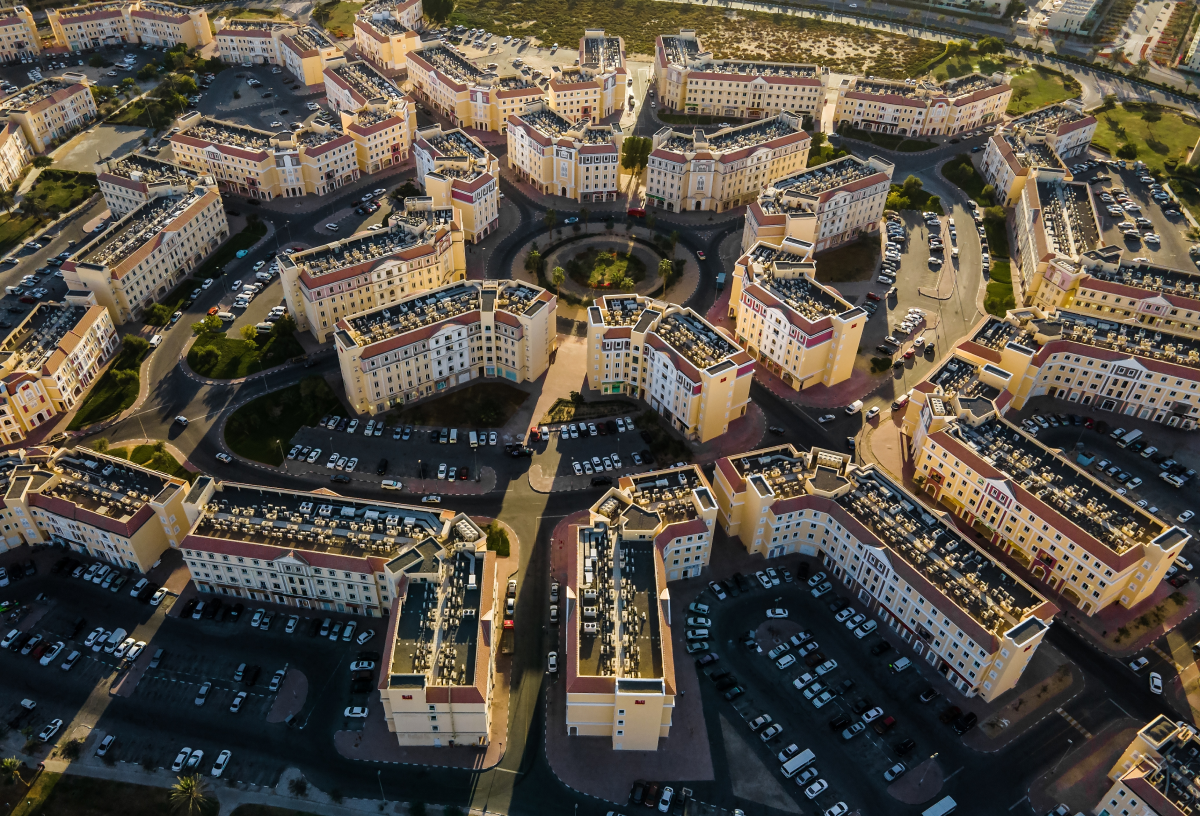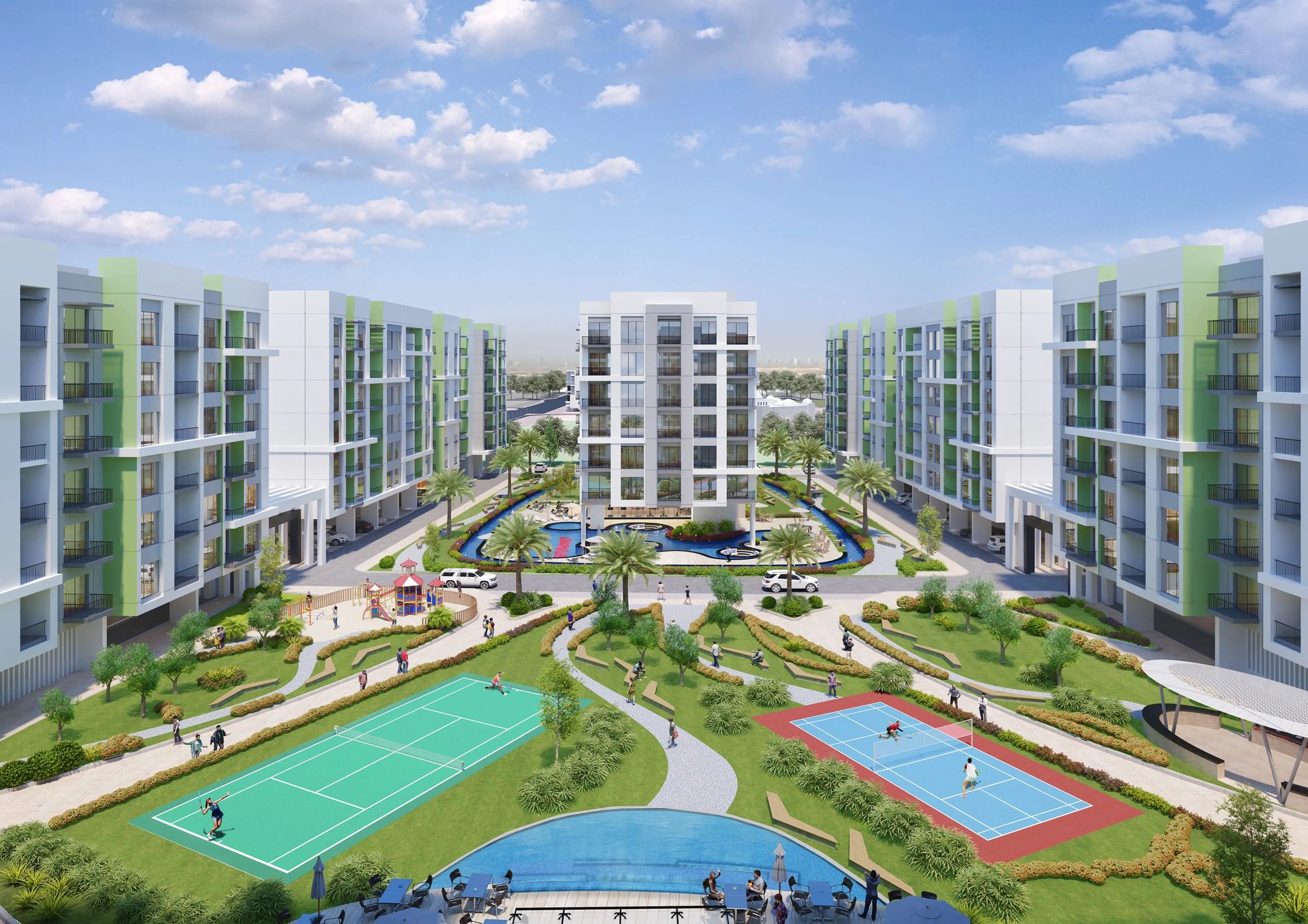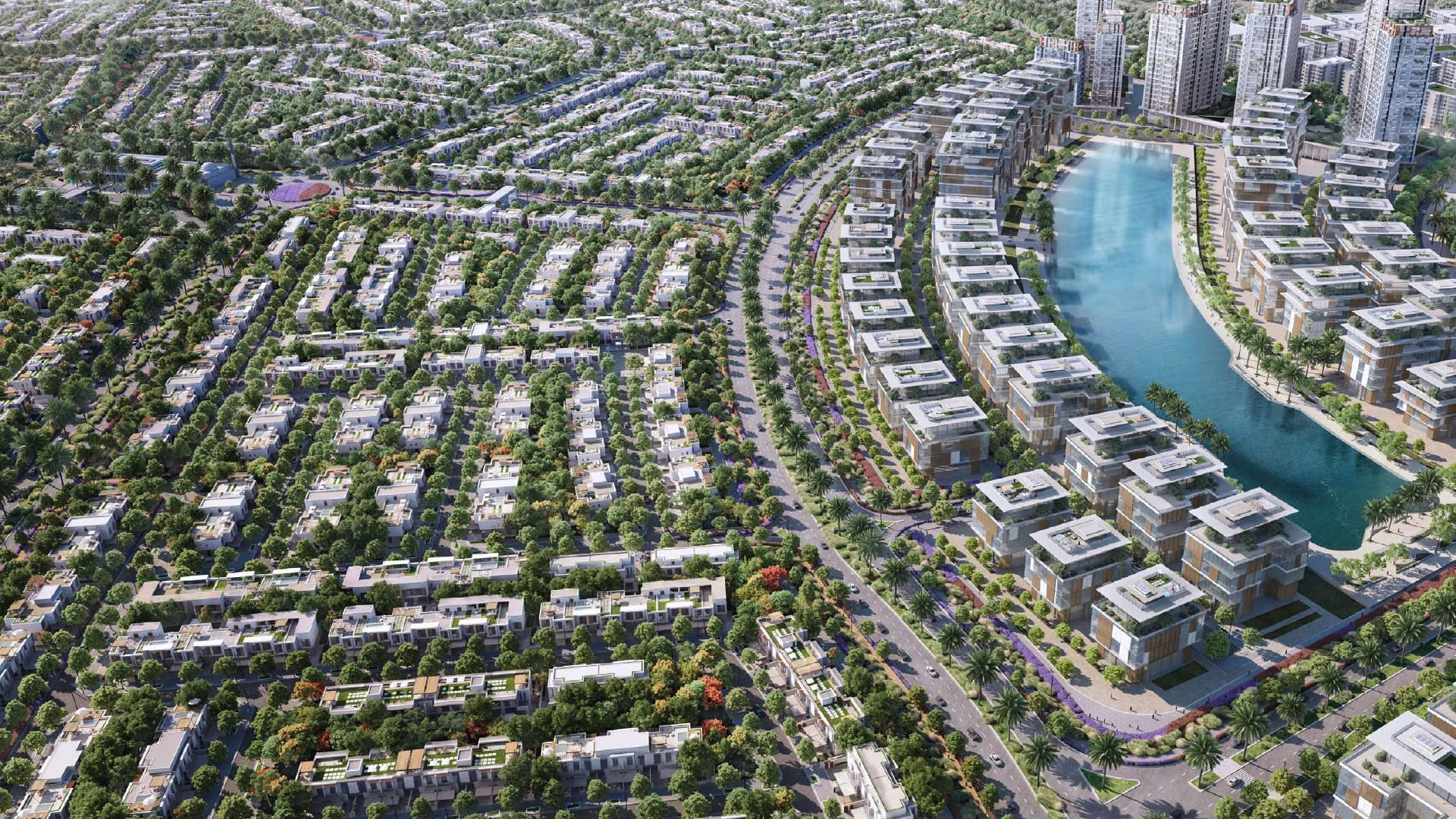International City Dubai | Area and Community Full Guide
Dubai International City offers a vibrant, country-themed community in the heart of Dubai, spanning over 800 hectares. This expansive development features themed residential clusters like Phase 2 and the China Cluster, creating a global experience for residents and visitors alike. Designed to provide affordable housing, it now showcases a mix of culturally inspired districts—from france cluster international city dubai to spain cluster international city dubai to the traditional feel of the Morocco Cluster.
As you explore the area, you’ll discover unique neighborhoods such as the Spain Cluster and the popular Warsan Mandi, each reflecting its cultural roots through architecture and lifestyle.
Although the community faced setbacks during the Global Financial Crisis, it has since recovered and continues to grow steadily. This guide highlights everything you need to know about living in Dubai International City—from its cultural diversity and history to its essential amenities—helping you uncover the full value of this dynamic destination.
History and Development
Dubai’s transformation from a modest fishing village into a vibrant global metropolis is a testament to its ambitious vision and strategic development. The discovery of oil in the late 1950s and 1966 catalyzed a series of development projects that reshaped its urban and economic landscape. This section delves into the historical milestones that have defined Dubai and specifically, Dubai International City.
Early Developments and Globalization
The oil boom of 1973 marked a pivotal turn in Dubai’s history, driving large-scale migration and rapid urbanization. The influx of investments and global interest led to the construction of iconic structures and the expansion of the urban grid. Between 1973 and 2006, the city witnessed the rise of artificial islands and an extensive road network, dramatically altering its skyline and geographic footprint.
Pioneering Projects and International City’s Genesis
Among the groundbreaking projects were the Palm Islands, which added 520 kilometers of beaches and hosted over 100 luxury hotels, residential zones, and entertainment facilities. In parallel, the establishment of Dubai International City was conceived as a country-themed hub, integrating residential, business, and tourist facilities across 800 hectares in the Al Warsan region.
Architectural and Residential Evolution
Dubai International City is uniquely divided into ten country-specific districts or clusters, each featuring architectural styles reflective of their respective countries. These include the China, England, France, Persia, Greece, Russia, Spain, Morocco, Italy, and Emirates clusters. The Central District is equipped with modern amenities like building security, pools, private parking, gyms, parks, and shopping areas, enhancing the quality of life for residents.
Commercial Expansion and Accessibility
Commercially, the area saw significant expansion with the development of China mex’s Dragon Mart and Dragon Mart 2, which became pivotal for wholesale purchases of Chinese products. These malls not only serve the local population but also attract visitors from across the region, bolstering the local economy.
Challenges and Recovery
Despite the setbacks during the Global Financial Crisis, international city dubai united arab emirates’s market has shown resilience and gradual recovery. The strategic location between interchanges 5 and 6 of Mohammed Bin Zayed Road, adjacent to the Dubai Central Fruit and Vegetable Market, continues to play a crucial role in its ongoing development and accessibility.
This historical perspective underscores Dubai International City’s evolution as a microcosm of Dubai’s broader economic and urban development, reflecting a blend of visionary projects and cultural diversity.
International city Dubai location
Dubai International City enjoys a strategic location in the Al Warsan area, near the junction of Emirates Road (E611) and Al Awir Road (E44). It sits just 15 minutes from Dubai International Airport and offers quick access to key areas like Dubai Silicon Oasis, Academic City, and Downtown Dubai. This central location makes it ideal for both residents and businesses seeking affordability and convenience.
Cultural and Architectural Diversity
Dubai International City is renowned for its remarkable cultural and architectural diversity, where each cluster is a representation of a different country or region. This unique setup not only provides a visual feast but also a cultural immersion that is hard to find elsewhere.
Architectural Inspirations from Around the Globe
The architectural styles in Dubai International City draw inspiration from a multitude of cultures including Spain, Italy, Morocco, China, Russia, England, and France. Each cluster, from the ornate gates of the Morocco cluster to the intricate designs of the China cluster, showcases unique architectural elements that reflect the distinctive styles of these countries.
A Melting Pot of Global Cuisines
The district boasts an array of restaurants and eateries, offering authentic dishes from around the world. Whether you’re craving the spicy delights from a Moroccan bazaar or the refined flavors of French cuisine, International City serves as a culinary gateway to global flavors.
Cultural Hubs and Community Events
Dubai International City is not just about living spaces; it’s a vibrant community enriched with cultural centers, art galleries, and traditional markets. The area hosts a variety of community events and festivals, celebrating diverse cultures and traditions which foster a sense of community and shared heritage.
Unique Residential Communities
Each residential community within Dubai International City has its own unique features and architectural styles, further emphasizing the diversity. Notable areas include the Forbidden City, Lake District, and the globally famed Dragon Mart.
Dragon Mart and the Forbidden City Shopping Mall
The community is home to Dragon Mart, the largest Chinese trading hub outside of China, developed by Nakheel Properties. Adjacent to the China Cluster, a shopping mall inspired by Beijing’s Forbidden City offers a unique shopping experience, blending commercial needs with cultural aesthetics.
Living in a Multicultural Oasis
Dubai International City offers more than just a place to reside; it offers a lifestyle enriched with cultural diversity, modern amenities, and a vibrant atmosphere. From food festivals to art exhibitions, the community is always buzzing with activity, making it a dynamic place to live.
By embracing a variety of architectural styles and cultural influences, Dubai International City not only provides a unique living experience but also fosters a community where cultural diversity is celebrated and embraced.
Residential and Business Amenities
Dubai International City not only offers a diverse cultural environment but also provides comprehensive residential and business amenities that cater to the needs of its residents and businesses alike. Here’s a detailed look at the facilities and services available in this thriving community.
Accommodation and Living Spaces
Dubai International City offers a wide range of residential options to match various lifestyles and budgets. Families can enjoy spacious living in Warsan Village, which features 942 townhouses and 250 apartments. Other clusters like Spain, France, and China showcase distinct architectural styles, adding charm and variety to the community. You’ll find apartments, townhouses, and villas available for both rent and sale. For those seeking budget-friendly living, the area also includes affordable hotels and serviced apartments, making it accessible to residents with different income levels.
Comprehensive Amenities
The area is equipped with all the necessary amenities to ensure a comfortable and convenient lifestyle. Residents have access to multiple educational institutions, healthcare establishments like Aster Clinic and HealthHub Clinic, and various supermarkets including Sanad Al Madina and Shaklan Hypermarket. For fitness enthusiasts, each cluster features distinguished fitness centers and gyms such as Optima Fitness Gym and Smart Gym.
Business Facilities
Dubai International City offers strong opportunities for business professionals through its wide range of office spaces and retail units. These properties are available for both lease and purchase, making the area attractive to entrepreneurs and investors alike. The community supports various business sizes, from startups to large corporations. Dragon Mart, the world’s largest hub for Chinese products outside mainland China, further boosts the area’s commercial appeal and international trade value.
Security and Maintenance
Ensuring safety and convenience, the residential areas offer 24-hour security surveillance and maintenance services. This commitment to security and upkeep contributes significantly to the quality of life for the community’s residents.
Recreational and Green Spaces
The community promotes a family-friendly environment with several parks and green spaces, including Kids Play Area and Children’s Playground. These areas provide a serene escape from the urban hustle and offer spaces for relaxation and leisure activities.
Connectivity and Public Transport
Dubai International City is well-connected to other parts of Dubai, enhancing its appeal as a residential and business hub. The community is serviced by the RTA bus service with routes like X23 and 365, and plans for the International City 1 metro station on the Blue Line of the Dubai Metro promise even greater accessibility.
Culinary and Shopping Destinations
Residents and visitors can enjoy a variety of dining options with restaurants like Ammas Restaurant and Malabar Restaurant offering diverse culinary experiences. For shopping enthusiasts, the area includes malls like Dragon Mart and Pavilion Mall, providing a wide range of products and services.
This blend of residential comforts, business facilities, and recreational spaces makes Dubai International City a comprehensive and desirable place to live and work, reflecting Dubai’s dynamic and inclusive spirit.
Transportation and Accessibility
Dubai International City is strategically positioned in the Al Warsan region, making it highly accessible via multiple transportation modes. The community’s connectivity is enhanced by its proximity to major highways and a robust public transportation network, ensuring that residents and visitors can travel with ease.
Major Highways and Road Access
Dubai International City is conveniently located near two major highways:
- E 311 (Sheikh Mohammed Bin Zayed Road)
- E 44 (Dubai-Hatta Highway)
These highways provide direct routes to various parts of Dubai and beyond, facilitating quick and efficient travel for daily commuters and tourists alike.
Public Transport Connectivity
The community is well-served by the RTA bus service, with several key routes enhancing connectivity:
- Route X23: This route connects Dubai International City with key locations across Dubai.
- Routes 365, 53, and 366: These routes offer convenient access to various parts of the city, ensuring that residents have reliable transportation options.
Plans are underway to further boost accessibility with the International City 1 metro station on the Blue Line of the Dubai Metro, which is envisioned as an interchange station. This development is eagerly anticipated as it promises to resolve current traffic and parking issues by providing an alternative to road travel.
Accessibility for People of Determination
Dubai International City is committed to inclusivity, offering several features to accommodate people of determination:
- Wheelchair Accessible Public Transport: The Metro, Tram, and city buses are equipped with wheelchair ramps and designated spaces to ensure mobility across the city.
- Special Services at Airports and Terminals: Dubai International Airport (DXB) and Dubai World Central (DWC) provide dedicated check-in areas, parking, and lounges for people of determination.
- Accessible Taxis: The Dubai Taxi Corporation offers specially equipped taxis with features like wheelchair lifts, available through their app.
Challenges and Future Improvements
While Dubai International City offers robust transportation options, there are areas for improvement:
- Metro Accessibility: The lack of a current metro station within easy reach of the community has been a concern, but the planned International City 1 metro station is set to address this.
- Traffic and Maintenance Issues: Residents have reported traffic gridlocks and maintenance issues, which are being addressed to ensure smoother travel experiences.
By enhancing its transportation infrastructure and addressing existing challenges, Dubai International City continues to develop as a highly accessible and convenient location for its residents and visitors.
Challenges and Improvements
Living in Dubai International City offers a unique and vibrant experience, yet it comes with its own set of challenges that need addressing to enhance the quality of life for its residents. Here, we explore some of the primary issues faced by the community and the steps being taken to improve them..
Proximity to Sewage Treatment Facilities
One significant challenge for residents in certain clusters of Dubai International City is the proximity to sewage and wastewater treatment plants. This proximity can lead to unpleasant odors, particularly when the wind direction changes at night. Efforts are underway to improve these conditions, including better management of the facilities and potential future relocation plans to minimize the impact on residents.
Sanitation and Maintenance
Historically, Dubai International City has encountered sanitation challenges, primarily due to maintenance issues. However, recent years have seen substantial improvements, with increased investments in infrastructure and regular maintenance schedules to ensure a cleaner and more hygienic environment for all residents.
Educational Facilities
For families living in Dubai International City, the absence of primary and secondary schools within the community poses a significant inconvenience. This issue forces parents to seek educational institutions outside the community, adding to daily commute times. Plans are in discussion to establish educational facilities within the community to address this gap and provide more convenience for families.
Worker Welfare
The construction sector in Dubai, including projects in Dubai International City, often relies on the labor of foreign migrants. Issues associated with this include low wages and poor living conditions. Increasing international attention and local reforms are pushing for better living conditions and fairer wages for these workers, aiming to uphold their rights and improve their quality of life.
Urban Crime
As with any growing urban area, Dubai International City has experienced its share of urban crime, with economic and property-related crimes forming the majority. Enhanced security measures, including increased surveillance and community policing, are being implemented to ensure the safety and security of all residents.
Urbanization and Infrastructure Challenges
Dubai’s rapid urbanization, including in International City, presents ongoing challenges in maintaining and running its ambitious urban infrastructure. The government’s commitment to innovation and the integration of smart technologies is crucial in addressing these challenges. The Dubai Urban Plan 2040 and initiatives like the Dubai Artificial Intelligence Roadmap are part of strategic efforts to manage urban density and enhance the city’s infrastructure.
Response to Natural Disasters
Recent extreme weather events, including a historic storm that caused record-breaking rainfall, put Dubai’s infrastructure to the test. Departments like Dubai Municipality and RTA Dubai responded quickly and effectively, showing the city’s strong preparedness and resilience. Dubai continues to invest in flood control and drainage upgrades, reinforcing its ability to manage future challenges more efficiently.
In Dubai International City, these efforts reflect a clear commitment to solving urban issues and improving daily life for its diverse community. By upgrading infrastructure, expanding public facilities, and enhancing environmental systems, the area works toward building a more sustainable and comfortable place for everyone to live.
Conclusion
Dubai International City reflects Dubai’s ambitious vision, blending cultural diversity with a full range of lifestyle amenities for a truly global community. Its journey—from early development milestones to its colorful architecture and active cultural hubs—shows how the area continues to grow as a symbol of inclusion and innovation. This guide covered the essentials of living in this dynamic neighborhood, highlighting both its appeal and the progress made in overcoming past challenges.
Looking ahead, Dubai International City continues to evolve by focusing on the real needs of its residents. Developers aim to upgrade infrastructure, improve lifestyle facilities, and build a safer, more inclusive environment. With strategic planning and a commitment to community well-being, this area is more than just a place to live—it’s a thriving destination built for the future.
FAQs
1. Is Dubai International City a desirable residential area?
Dubai International City is considered a favorable place to live for those seeking budget-friendly accommodations. It offers affordable rental options and a cost-effective lifestyle, with reasonably priced shopping and entertainment venues to match.
2. What are the most recommended residential clusters in Dubai International City?
Warsan Village and France Cluster are highly recommended for tenants within Dubai International City. These clusters are known for their peaceful living conditions and provide a range of amenities and facilities to residents.
3. What is the estimated income needed to maintain a comfortable lifestyle in Dubai?
To ensure a comfortable standard of living in Dubai, an individual should aim for a monthly income between USD $4,900 and USD $8,168 (AED 18,000 – AED 30,000). This salary range should adequately cover housing, utilities, personal expenses, and additional health insurance for added security.
4. How many and what are the different clusters in Dubai International City?
Dubai International City is comprised of 10 unique building clusters, each named and styled after various countries: England, the Emirates, Russia, Italy, Spain, France, Persia, Greece, Morocco, and China. These clusters encircle the Central Business District and showcase architectural designs reminiscent of their respective countries.
At Homes 4 Life We are Here to Help
Reach out to Homes 4 Life, a real estate agency in Dubai, to discover the best choices for both living and investing. Our database features cost-effective properties with attractive deals from developers, as well as high-end lots in secure gated communities. Expert brokers will tailor accommodation to your preferences, offer insights into location nuances, discuss optimal investment strategies, and guide you through the resident visa application process. Furthermore, they will manage all aspects related to the registration of the transaction





